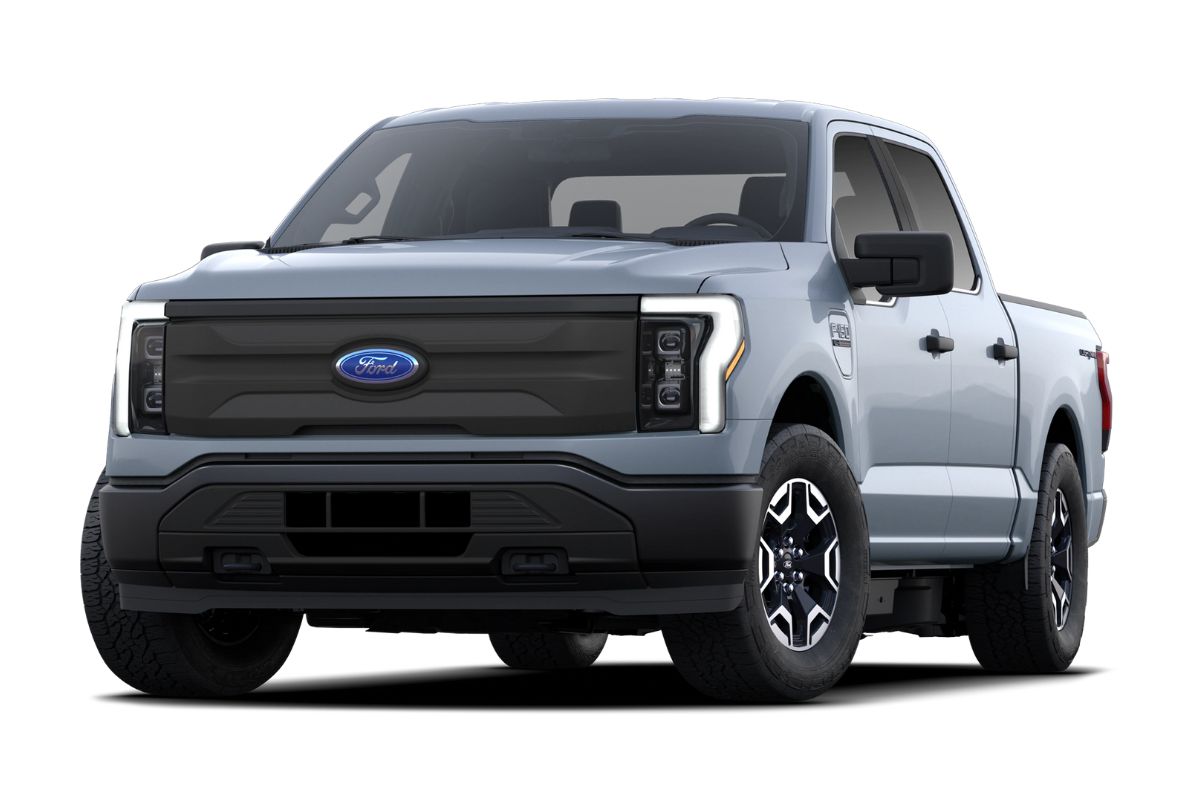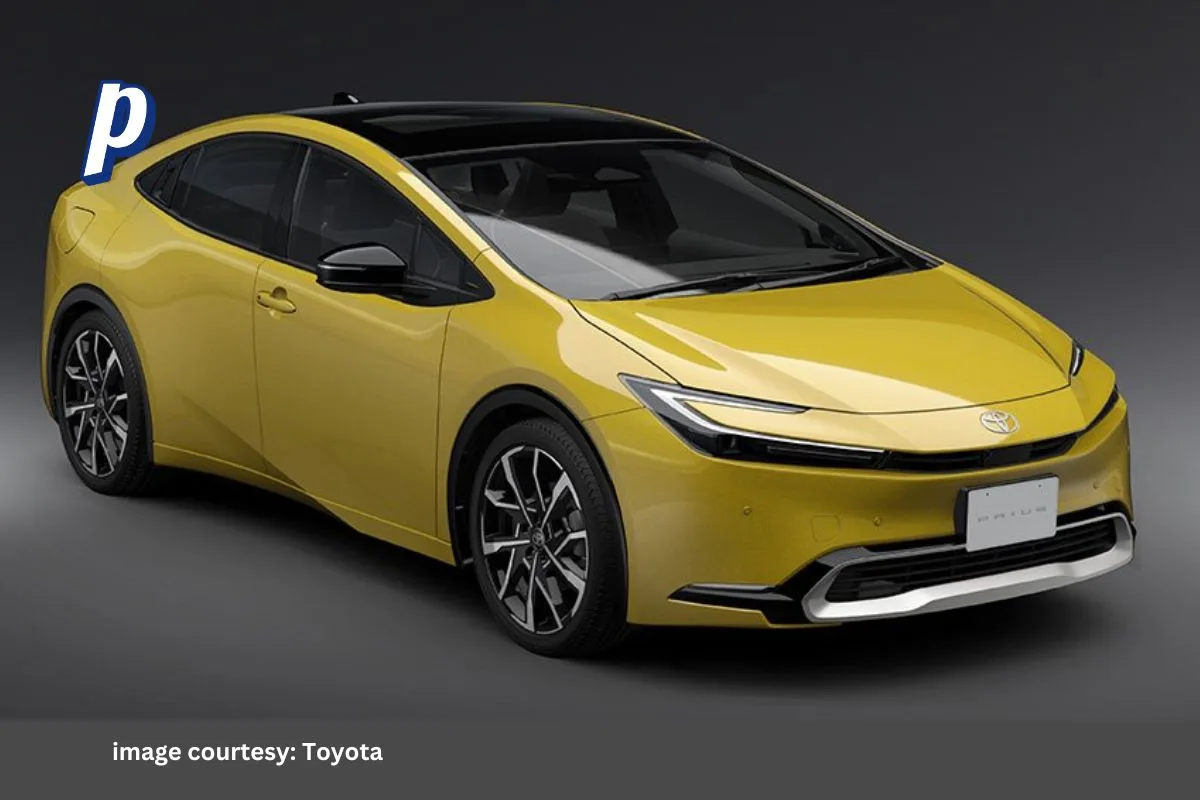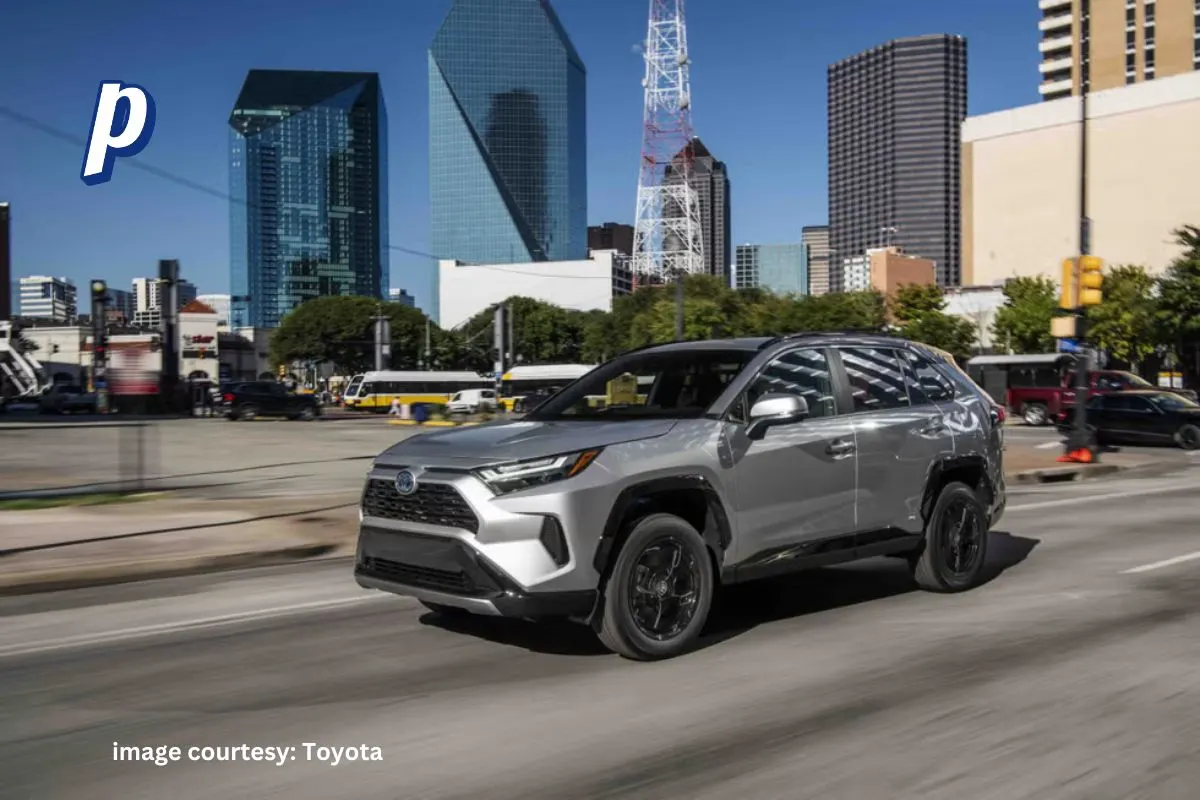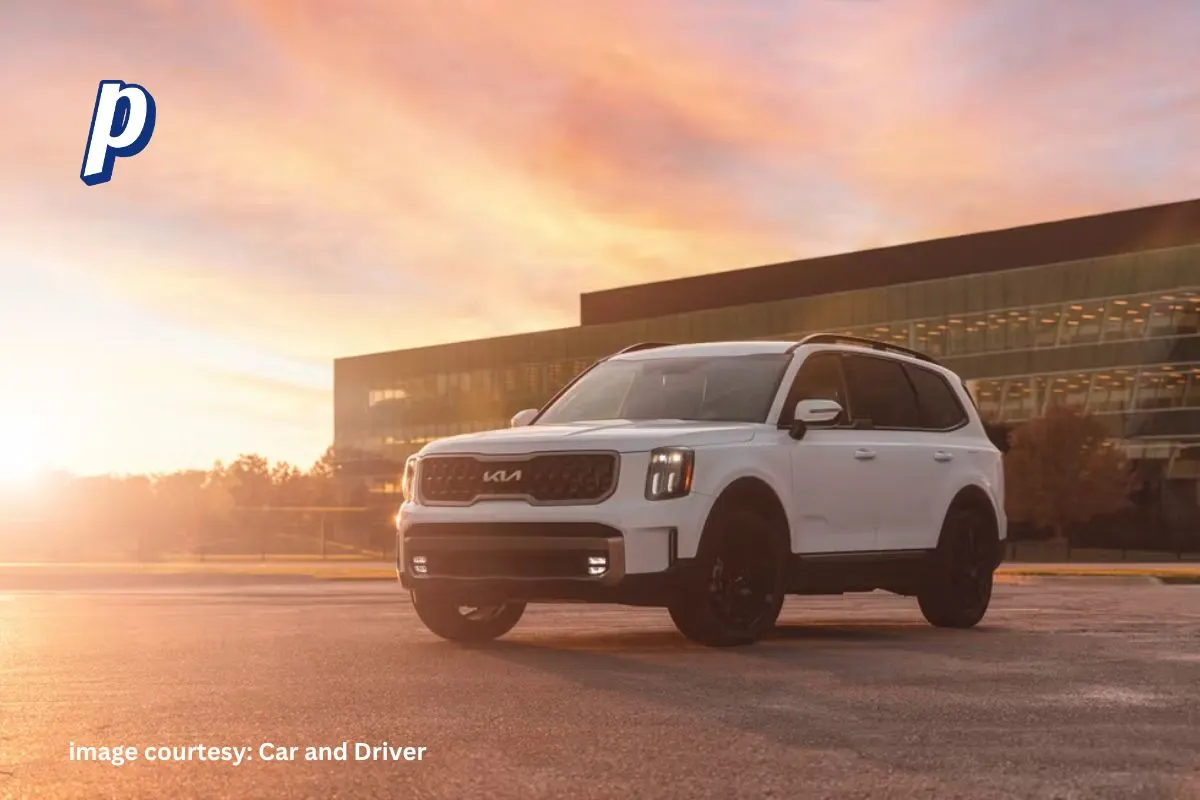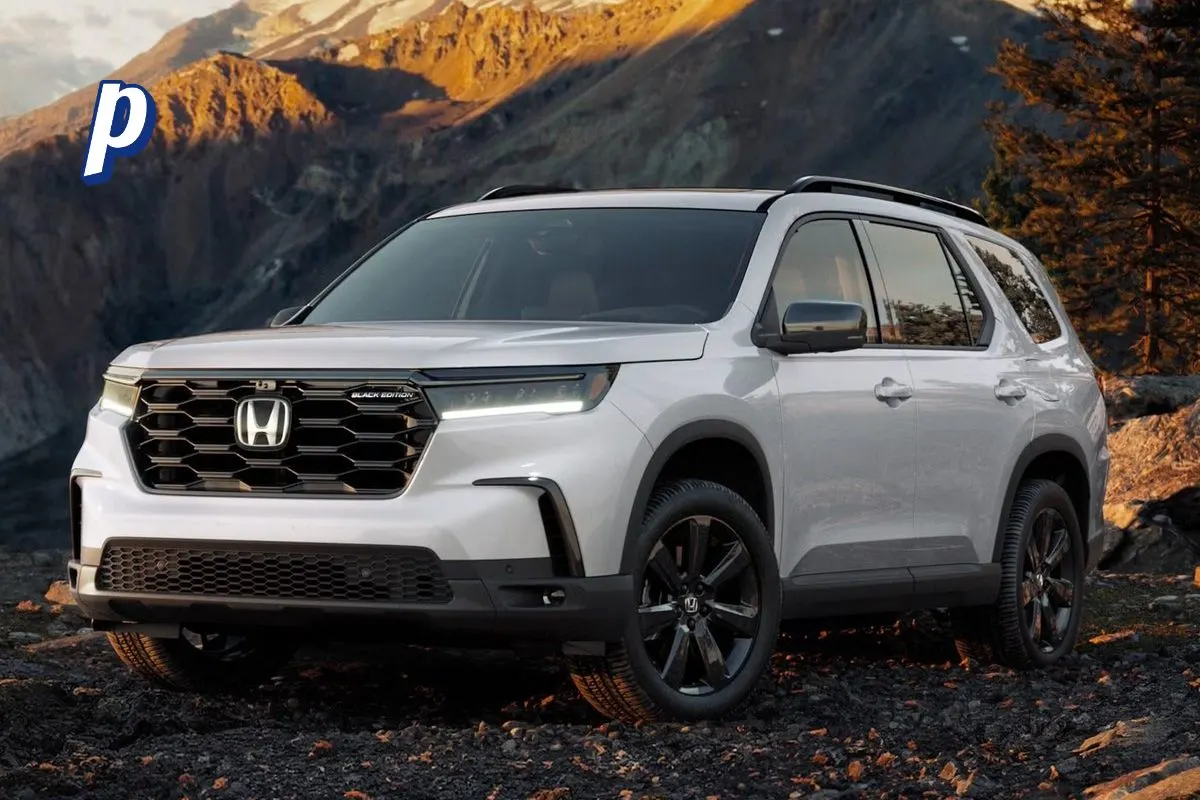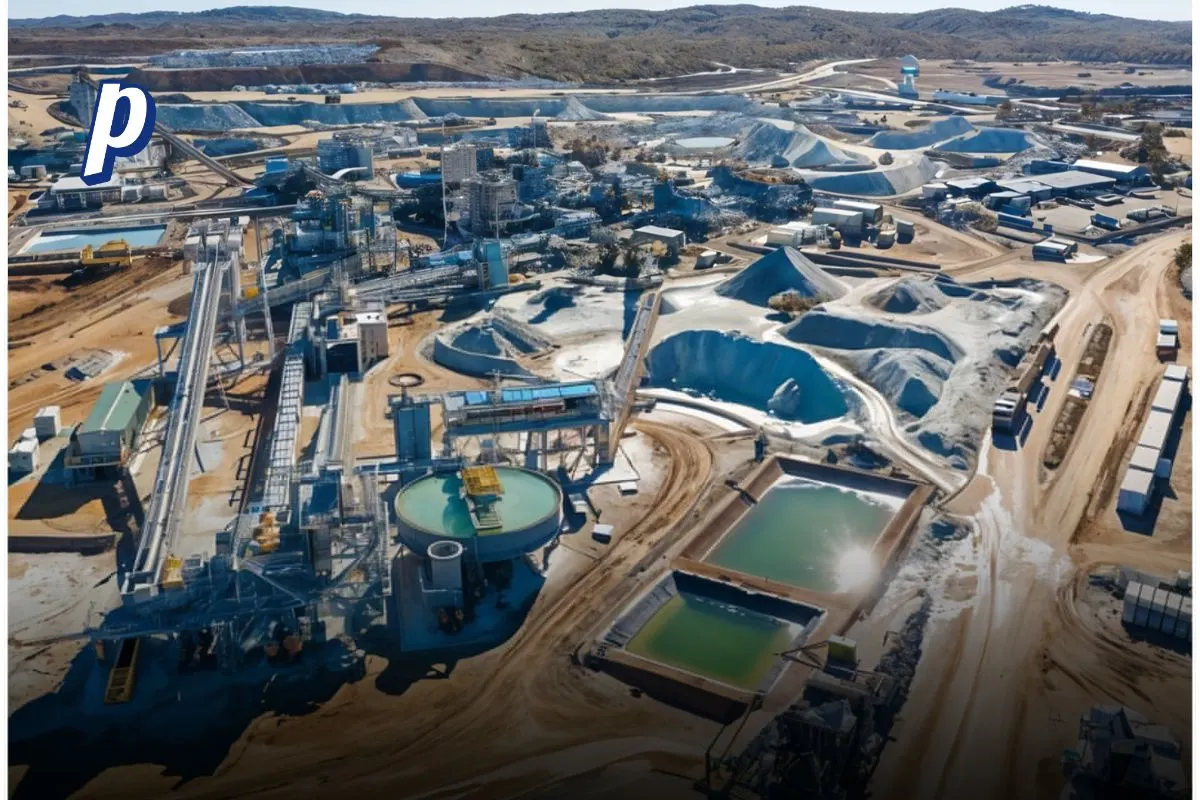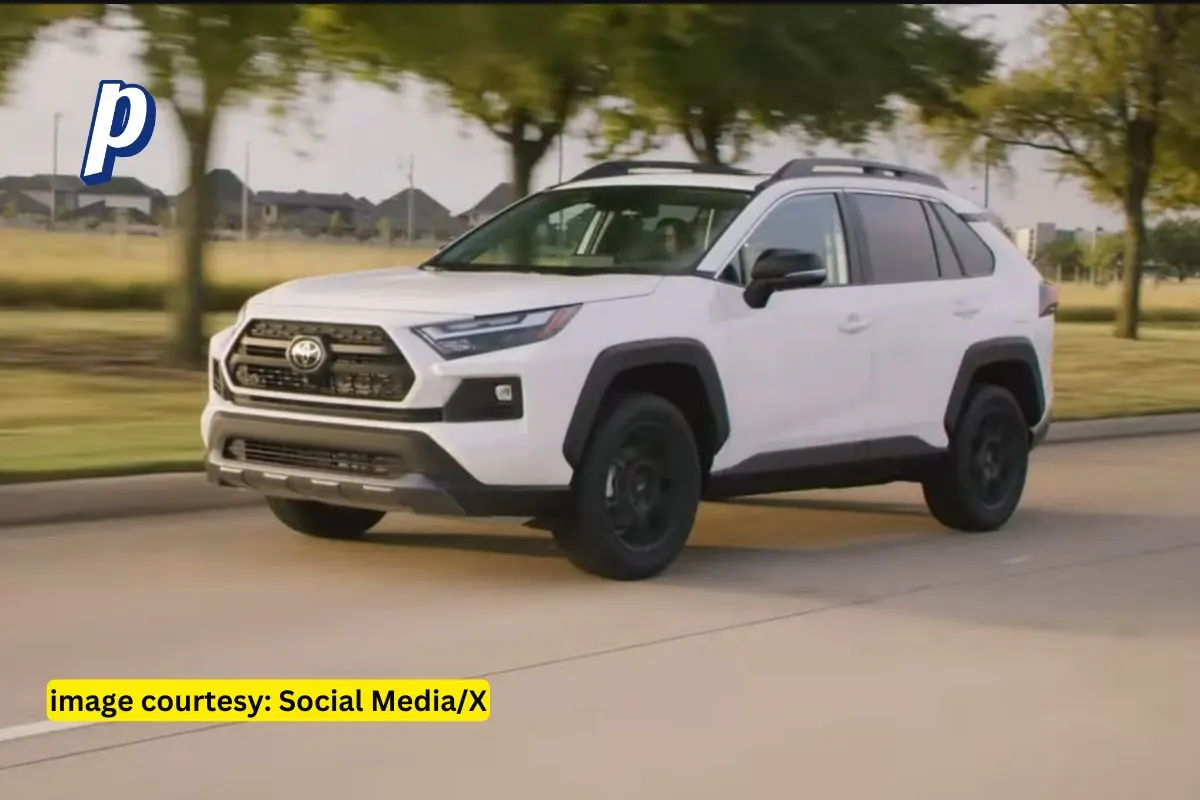Ford is incentivizing dealerships with bonuses up to $22,500 for F-150 Lightning sales. This article explores how these incentives impact dealers and customers amid rising EV demand.
In a strategic move to boost sales of its electric F-150 Lightning, Ford is offering dealers substantial financial incentives, with bonuses reaching up to $22,500 for each dealership that successfully orders multiple units. This initiative, launched on October 15 and set to run until November 15, aims to enhance the distribution of the F-150 Lightning and stimulate consumer interest in electric vehicles (EVs).
This article explores the details of Ford’s incentive program, the implications for dealers and customers, and the broader context of Ford’s electric vehicle strategy.
The Ford F-150 Lightning is as conventional as electric pickup trucks come, in contrast to the Tesla Cybertruck. It is likely that you would mistake the Lightning for a standard F-150 unless you understood what you were searching for. It appears to be an F-150. Similar to an F-150, it can undertake truck tasks. It just doesn’t sell nearly as well as the F-150, which runs on gas. According to CarsDirect, Ford is now paying dealers up to $22,500 to assist in cleaning out its Retail Replenishment Centers in an effort to reduce surplus inventory.
read more: 2025 Ford F-150 Prices Drop, but So Do the Features
Ford’s new dealer incentive program is designed to encourage dealerships to order more F-150 Lightning models from its Rapid Replenishment Centers (RRCs). These regional hubs are crucial for streamlining the distribution process, allowing dealers to reduce the need for excessive inventory on their lots.
Bonus Structure
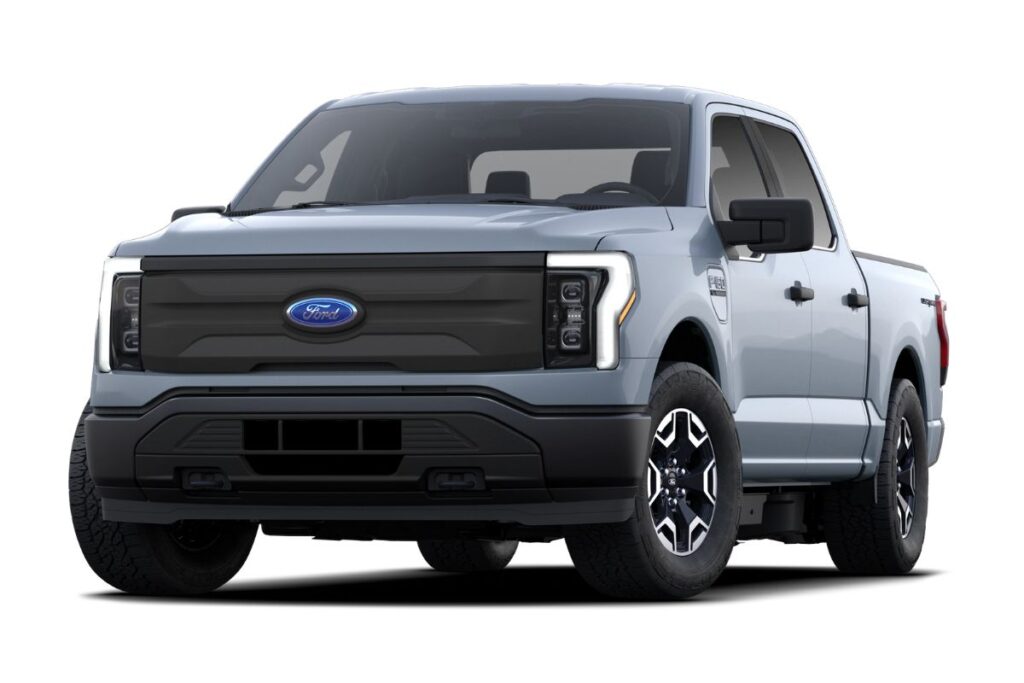
- $1,000 per unit: For orders of 1 to 9 F-150 Lightning models.
- $1,500 per unit: For orders of 10 to 15 vehicles.
Dealers who place orders for the maximum of 15 trucks stand to earn the full $22,500 bonus. This structured incentive not only rewards dealerships for higher sales volumes but also aims to improve engagement with Ford’s RRC network.
Goals of the Program
The primary objectives behind this initiative include:
- Increasing Sales: With a significant surge in demand—F-150 Lightning sales rose by 86% year-over-year—Ford aims to capitalize on this momentum.
- Boosting Dealer Engagement: By incentivizing dealers, Ford hopes to enhance relationships and ensure that dealerships are actively promoting the F-150 Lightning.
- Streamlining Distribution: The use of RRCs is intended to make the ordering process more efficient and reduce logistical challenges faced by dealers.
Impact on Dealers and Customers
Benefits for Dealers
The financial incentives provided by Ford could lead to several advantages for dealerships:
- Increased Profit Margins: With bonuses tied directly to sales volume, dealers can significantly enhance their profitability.
- Better Pricing Options for Customers: Some dealers may pass on savings from these bonuses to customers, potentially leading to more competitive pricing and attractive leasing options.
Customer Considerations
While the incentive program may benefit dealers financially, it also raises questions for consumers:
- Availability Concerns: Some customers may be hesitant about purchasing an F-150 Lightning if they cannot see it in person at a dealership lot. The shift towards ordering from RRCs could deter potential buyers who prefer a hands-on experience before making such a significant investment.
- Potential Price Reductions: As dealers compete for sales through better pricing strategies, customers might find more favorable deals on the F-150 Lightning models.
Market Context and Performance
Ford’s push for increased sales comes amid a broader trend in the automotive industry where electric vehicles are gaining traction. The F-150 Lightning has emerged as a leader in this segment, with strong sales figures reported throughout 2024.
Sales Surge
Through September 2024, Ford sold 22,807 units of the F-150 Lightning, marking an impressive increase compared to previous years. The surge in sales can be attributed to:
- Increased consumer interest in EVs.
- Competitive pricing structures and incentives introduced by Ford.
Comparison with Competitors
Despite its success with the F-150 Lightning, Ford faces stiff competition from other automakers in the EV market. Tesla continues to dominate overall electric vehicle sales; however, Ford’s strategic focus on hybrids and affordable EVs positions it well within a rapidly evolving market landscape.
| Feature | Ford F-150 Lightning | Competitors (e.g., Tesla) |
|---|---|---|
| Sales Growth (2024) | 86% increase year-over-year | Consistent market leader |
| Incentives Offered | Up to $22,500 per dealer | Varies by manufacturer |
| Consumer Appeal | Strong due to brand loyalty | High tech appeal |
Future Outlook
As Ford navigates its electric vehicle strategy, it is clear that incentives like these are part of a larger effort to solidify its position in the EV market. The automaker has also announced plans for future models and enhancements aimed at improving profitability while addressing consumer needs.
Shifting Strategies
Ford’s CEO Jim Farley has emphasized the importance of aligning product offerings with consumer expectations. In light of recent challenges—including rising production costs and competitive pressures—Ford is adjusting its focus toward hybrid models while continuing to develop fully electric options.
Long-Term Goals
Looking ahead, Ford aims to:
- Increase production efficiency across its EV lineup.
- Continue investing in battery technology and infrastructure.
- Maintain competitive pricing while enhancing features that appeal to consumers.
By offering substantial bonuses to dealers and focusing on customer engagement strategies, Ford is positioning itself as a formidable player in the electric vehicle market while navigating ongoing challenges.
